FOR IMMEDIATE RELEASE
Institute for Market Transformation
Alexandra Laney (530) 645-2539
WASHINGTON, DC (October 18, 2022)—Buildings contribute to more than 70 percent of the greenhouse gas emissions in the District of Columbia. To reduce emissions and succeed in meeting its climate goals, the District needs private building owners to improve their building energy use and reduce associated emissions. Today, the Institute for Market Transformation’s Building Innovation Hub is releasing its 2022 Market Leaderboards, showing which of the District’s buildings are leading the way by earning top ENERGY STAR scores for building performance.
“We need buildings to improve energy performance quickly, and we see market leaders are doing that now, rather than waiting for the BEPS deadlines.Theresa Backhus
“The District of Columbia has long been leading the market in sustainable real estate,” says Theresa Backhus, Director of the Building Innovation Hub, a project of the Institute for Market Transformation funded in part by the Department of Energy and Environment to support building performance and Building Energy Performance Standards (BEPS) compliance. “What’s different now is the speed at which industry can and must change,” says Backhus, “There’s no way for DC to meet its ambitious climate goals without reducing building emissions. That means we need buildings to improve energy performance quickly, and we see market leaders are doing that now, rather than waiting for the BEPS deadlines. We hope that by sharing this list of the top-ranked buildings, we can highlight what is possible.”
About the 2022 Market Leaderboards
Using publicly-available data, the ENERGY STAR Certified Building Database, and information from private industry, the Hub’s team has identified which buildings and which companies lead in performance based on their ENERGY STAR score.
With support from Yardi Matrix, the Hub took this data and connected it with property ownership and management of these buildings to identify the top 10 performers in each of the following categories:
- Top Office Buildings, Overall
- Top Office Buildings, Class B & C Office
- Top Office Buildings, Built Prior to 1970
- Top Office Buildings, Larger than 400,000 Square Feet
- Top Multifamily Residential Buildings
The full leaderboards are now available. To view an interactive map of all buildings in the District’s benchmarking program, visit EnergyBenchmarkingDC.org. An array of additional benchmarking resources for property owners and operators is available on the Hub website at www.buildinginnovationhub.org.
About the Building Innovation Hub
The Building Innovation Hub (Hub) helps building industry professionals in and around Washington, DC create and operate high-performing buildings. It is a project of the Institute for Market Transformation (IMT), a nationally recognized nonprofit organization that specializes in driving demand for high-performing buildings.
The Hub connects professionals and provides information and education. The goal of the Hub is to meet the current needs of the building industry while simultaneously pushing it towards the innovative solutions that we will need to build and operate high-performing buildings. Through this work, we help ensure the District remains a highly competitive market and a leader in sustainable and equitable building practices.
About IMT
For more than 25 years, the Institute for Market Transformation (IMT) has partnered with government, business, and philanthropy to improve the spaces where we live, work, and play. IMT focuses on innovative and pragmatic solutions that fuel greater investment in high performing, energy-efficient buildings. IMT offers hands-on technical assistance and market research, alongside expertise in policy and program development and deployment and promotion of best practices and knowledge exchange. Our innovations have helped reduce carbon emissions and energy costs across billions of square feet of real estate in major U.S. cities; empowered landlords and tenants to overcome barriers to mutually-beneficial building improvements; and increased overall demand for better buildings. Visit us at www.imt.org and follow us on Twitter @IMT_speaks.

